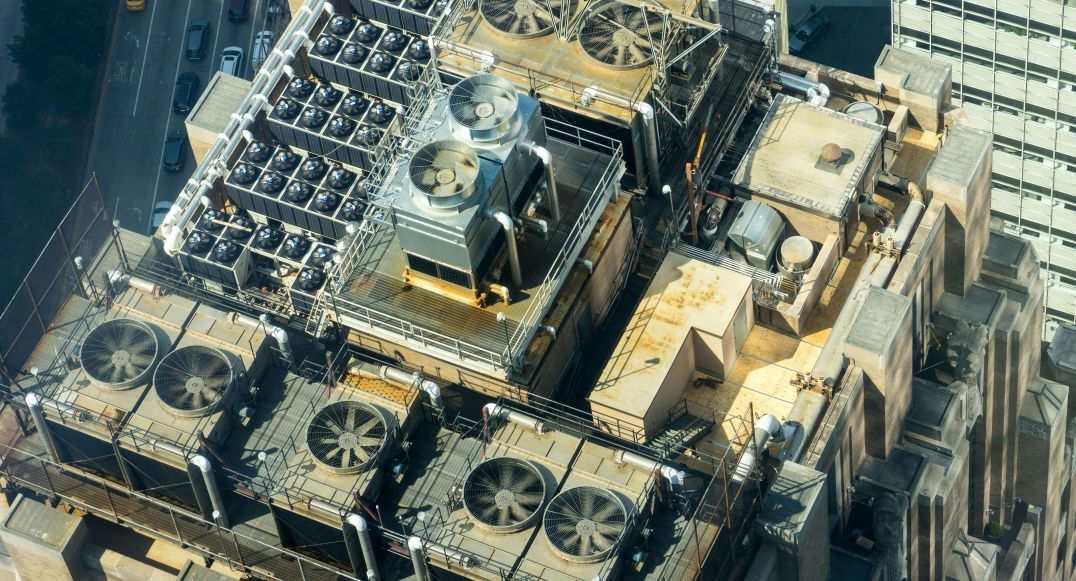Complete Guide to Valve Leakage Classes (Class I–VI)
05.01.2025 | Valve Standards & Specifications

Understand leakage class ratings, standards, and real-world applications
Overview
Valve leakage classes define how much fluid or gas a valve is allowed to leak when fully closed. These standards are critical in selecting control and isolation valves for applications where tight shut-off or minimal leakage is essential.
In this guide, you'll learn:
- What Are Valve Leakage Classes?
- Valve Leakage Class Chart (Quick Reference)
- Understanding Each Leakage Class (I–VI)
- How Are Leakage Classes Tested?
- Real-World Applications by Leakage Class
- Related Resources
- Conclusion: What Class Do You Need?
What Are Valve Leakage Classes?
Valve leakage class is a standardized rating that defines the maximum allowable internal leakage through a valve when it’s fully closed.
These ratings range from Class I (least strict) to Class VI (most stringent). They're governed by standards such as:
- ANSI/FCI 70-2
- IEC 60534-4
- API 598 (for testing)
Valve Leakage Class Chart (Quick Reference)
| Leakage Class | Maximum Allowable Leakage | Test Medium |
|---|---|---|
| Class I | No test required | No test required |
| Class II | 0.5% of rated capacity | Air or water at 50-125°F (10-52°C) |
| Class III | 0.1% of rated capacity | Air or water at 50-125°F (10-52°C) |
| Class IV | 0.01% of rated capacity | Air or water at 50-125°F(10-52°C) |
| Class V | 0.0005 ml/min/in of port diameter per psi differential | Water at 50-125°F(10-52°C) |
| Class VI | 0.15 to 0.3 ml/min (air/water) | Air or nitrogen at 50-125°F(10-52°C) |
Understanding Each Leakage Class
Class I – No Leakage Test Required
Assumes inherent seat tightness. Common in utility-grade valves.
Class II – Low Leakage
Slight leakage allowed under test conditions. Typically metal-to-metal seated valves.
Class III – Moderate Leakage
Tighter than Class II, but not bubble-tight. Used in non-critical process controls.
Class IV – Tight Shut-off for Process Control
Often called “industrial tight shutoff.” Requires metal-to-metal sealing. Common in chemical plants and refineries.
Class V – Very Low Leakage
Used in clean service, high-pressure applications. Fluids: water, air, steam at 100 psi. Tested with water, not air.
Class VI – Bubble-Tight Shutoff
Tested with air or nitrogen. Common in soft-seated valves (e.g., PTFE, TFM 1600). Required in gas service, pharma, and food-grade systems.
How Are Leakage Classes Tested?
Leakage class testing is typically done per ANSI/FCI 70-2 or IEC 60534-4.
Common Test Parameters:
- Test media: water, air, or nitrogen
- Test pressure: ~3.5 bar (for Class V)
- Test duration: 60–120 seconds
- Temperature: ambient
Note: For valves like API 608 ball valves, testing may also follow API 598.
Real-World Applications by Leakage Class
| Industry | Recommended Class |
|---|---|
| HVAC & Water Systems | Class II or III |
| Oil & Gas (Upstream) | Class IV–V |
| Chemical Processing | Class IV–VI |
| Food & Beverage / Pharma | Class VI |
| Steam Isolation | Class III–IV |
Related Resources
Conclusion: What Class Do You Need?
For most industrial applications, Class IV or V will be sufficient. But for pharmaceutical, food-grade, or hazardous gas systems, only Class VI bubble-tight shut-off is acceptable.
Need help selecting the right valve or testing method?
Contact SVF valve experts or explore our full range of valves →

